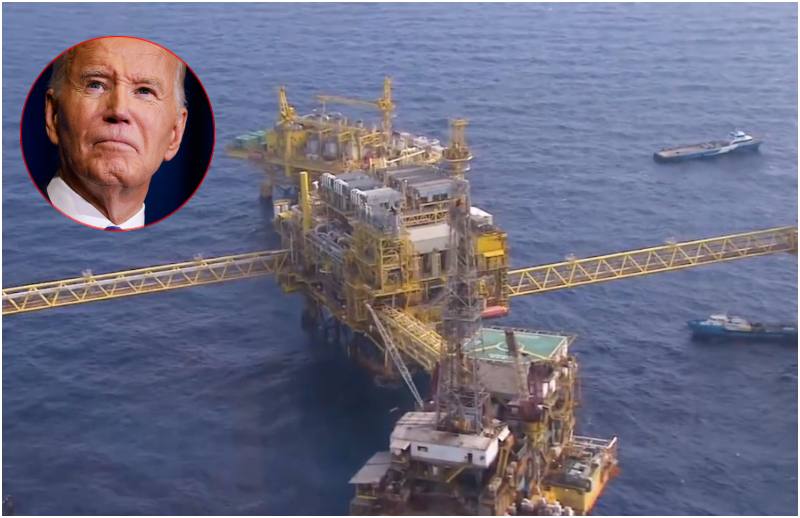In one of his final moves as President, Joe Biden issued two presidential memoranda on Monday to prohibit new offshore drilling across over 625 million acres of U.S. ocean and coastal regions.
The bans, enacted under the Outer Continental Shelf Lands Act (OCSLA), are among Biden’s most significant environmental decisions as he nears the end of his presidency.
Which Areas Are Affected by the Ban?
The first memorandum withdraws the entire eastern U.S. Atlantic coast, the eastern Gulf of Mexico, and the Pacific Coast along California, Oregon, and Washington from any future oil and gas leasing.
The second memorandum focuses on specific portions of the Northern Bering Sea in Alaska. This combined action affects a vast expanse of American waters, marking a bold commitment to protecting coastal communities, local economies, and marine ecosystems from the environmental risks of offshore drilling.
The decision leverages the legal authority granted under Section 12(a) of OCSLA, which allows the president to withdraw unleased areas of the Outer Continental Shelf from oil or natural gas leasing. Biden’s action builds on similar steps taken by past administrations, such as Barack Obama’s 2015 withdrawal of offshore drilling in parts of the Arctic.
Why This Matters: Biden’s Environmental Legacy
Biden’s decision comes at a time when the United States faces escalating climate challenges, and his administration has placed a priority on environmental conservation. The withdrawals are intended to protect vital marine ecosystems, safeguard coastal economies dependent on fishing, tourism, and recreation, and reduce the risks posed by offshore drilling, such as oil spills.
The president explained his rationale in a statement:
“This decision reflects what coastal communities, businesses, and beachgoers have known for a long time: that drilling off these coasts could cause irreversible damage to places we hold dear and is unnecessary to meet our nation’s energy needs. It is not worth the risks.”
As Biden’s presidency draws to a close, these moves serve as a part of his broader environmental and climate policy agenda, signaling a final push to prioritize long-term sustainability over short-term economic interests in the energy sector.
Legal Context and Controversy
Biden’s actions have reignited debates over offshore drilling, particularly with the incoming Trump administration. Using OCSLA, presidents have historically been able to shape the direction of offshore drilling policy.
While Biden’s decision reflects his commitment to addressing climate change, critics argue that it could potentially hinder energy development and job creation.
Former President Donald Trump, who will be inaugurated on January 20, has already criticized Biden’s actions. In a radio interview, Trump called the ban “ridiculous” and pledged to reverse it once in office. Trump’s spokesperson, Karoline Leavitt, denounced the move as “disgraceful” on social media, framing it as politically motivated and contrary to the interests of American workers and energy independence.
What’s Next?
With Trump’s return to office, the future of Biden’s offshore drilling ban remains uncertain. Legal challenges could arise, and Trump is likely to attempt to reverse the policy as soon as he assumes the presidency.
Environmental groups, however, are expected to fight for the preservation of these withdrawals, and the legal battles over offshore drilling policy are likely to intensify in the coming years.
For now, Biden’s offshore drilling bans stand as one of the defining environmental decisions of his administration, setting a clear marker on his stance regarding the protection of U.S. coastlines and marine environments.

